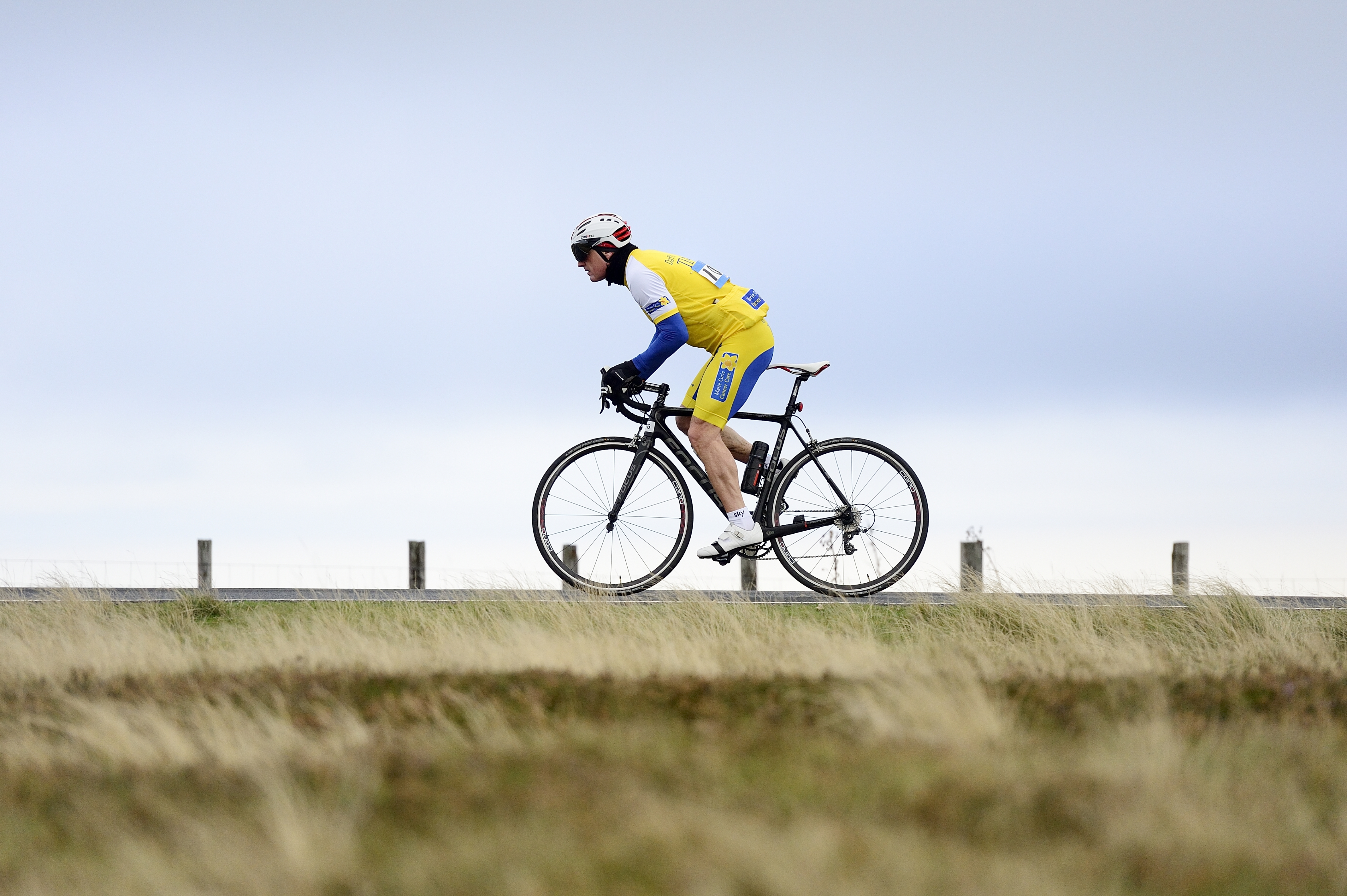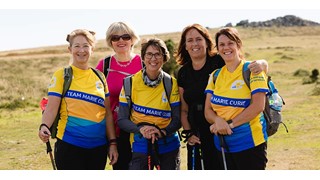Top Cycling Tips
So you’ve got your training guide and are gearing up to tackle the mileage, but what more can you be doing? These tips will help you prepare correctly for your cycle so that you're not left nursing sore muscles after the first day.

Set up your bike correctly
Everyone is different with respect to leg, arm and body length, so take the time out to visit a specialist bike shop where you can have your saddle, stem and handlebar positions adjusted so that the bike is effectively tailored to your body.
Correct cycling kit makes a difference
A small investment in a few items of specialist bike kit will be extremely useful for you to get the most out of your training. While training you should invest in the following:
-
Bike helmet
An absolute must. Modern cycling helmets are lightweight and well ventilated, and can literally save your life in an accident. Protecting your head should be your top priority.
-
Cycling shorts
Seamless and chafe-free, proper cycling shorts won’t necessarily add to the enjoyment of your ride, but will prevent soreness from repeated rubbing and should be a key item in your cycling wardrobe.
-
Basic bike tools
A set of Allen keys, a puncture repair kit, tyre levers, a spare inner tube and a pump or inflator will keep you on the road. All you need to know is how to change a tyre and mend a puncture and you’re set up.
-
Cycling sunglasses
Sunglasses are actually very useful for cyclists; they will keep dirt, dust and flies out of your eyes, and if you choose a pair with interchangeable lenses then they can sharpen your vision in low light conditions, as well as cutting out glare and reflections. They're good for selfies, too!
-
Bike toe-clips or spuds
SPDs — or 'spuds', as they are affectionately known — is the brand name for cycling shoes which 'lock in' to your pedal. They make a big difference to your pedalling efficiency because they enable you to pull up as well as push down. If you’ve not tried them before, start with toe-clips, which are easier to get used to. After a while you’ll wonder how you ever managed without them!
Keep up your energy levels
Running low on energy will stop you enjoying your cycling. Riding will increase your energy needs, so aim to eat small, frequent meals and snacks on the go in order to maintain your energy levels. On the bike, carbohydrate drinks will keep you well fuelled — or you could try taking a couple of energy bars which are easy to eat in the saddle.
Hydrate properly when cycling
Whatever the weather conditions, your fluid needs will increase significantly when cycling. Losses from exhaled breath and from sweating will serve to reduce your blood volume, resulting in your heart having to work much harder. By the time you feel thirsty you'll already be dehydrated, so try to drink small, frequent quantities of water or a sports energy drink throughout the ride.
Go for long rides
The foundation of all your cycling training should be your long ride. Ideally, do a long ride weekly or fortnightly. The long ride will build your endurance and also make you more efficient at utilising fuel. 'Long' means anything longer than your typical daily ride — so anything from one hour upwards is recommended, depending on your fitness and goals. A long ride is also a great opportunity to explore new areas and visit new destinations.
Try biking intervals
To balance out your long ride, try experimenting with some faster-paced riding. Sessions can be infinitely varied, but basically you are looking to ride faster for a short period, for example 10 minutes, followed by a recovery period and then a couple of repeats of the faster effort. Always include a good warm-up and cool-down before and after your session.
